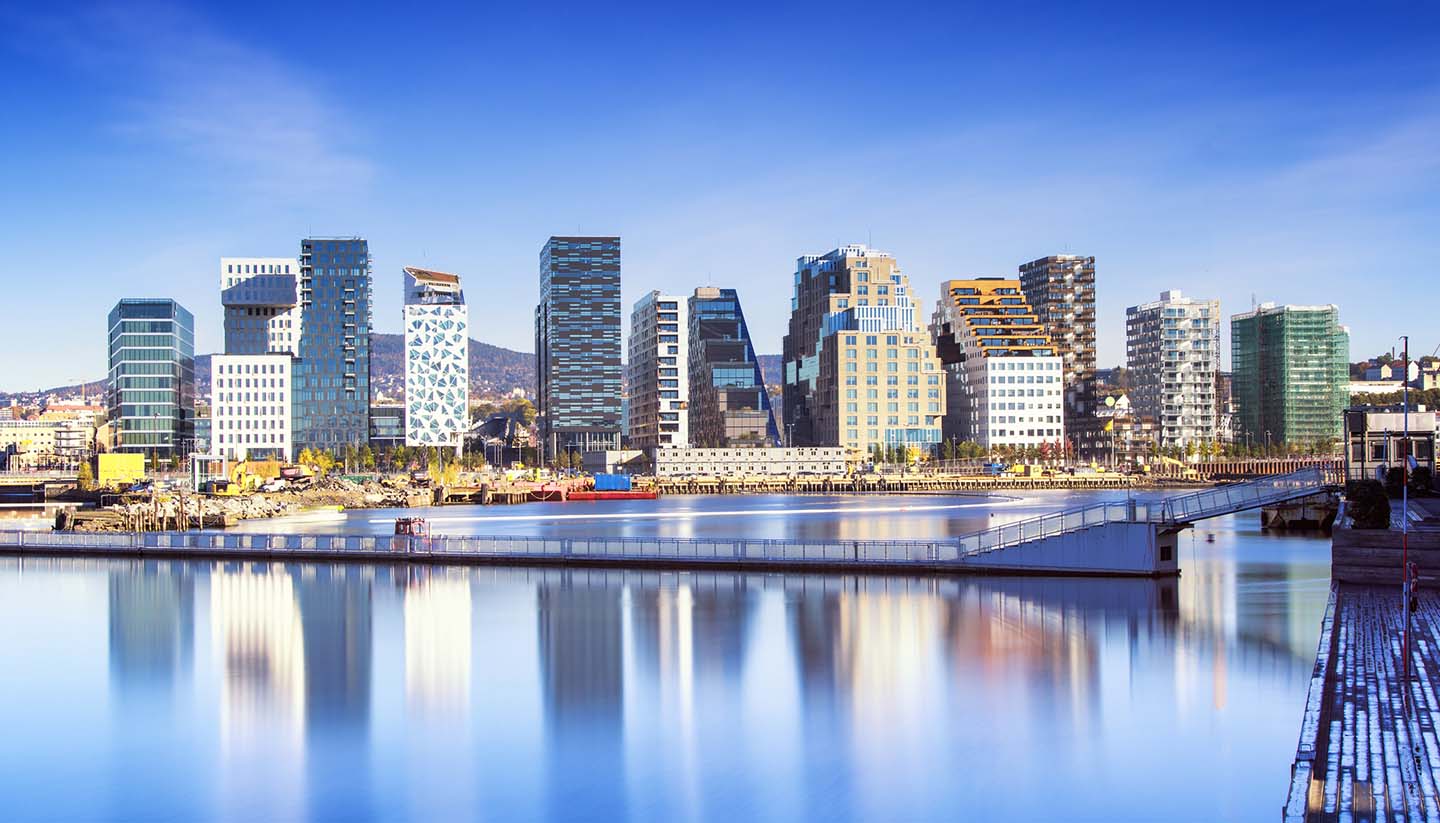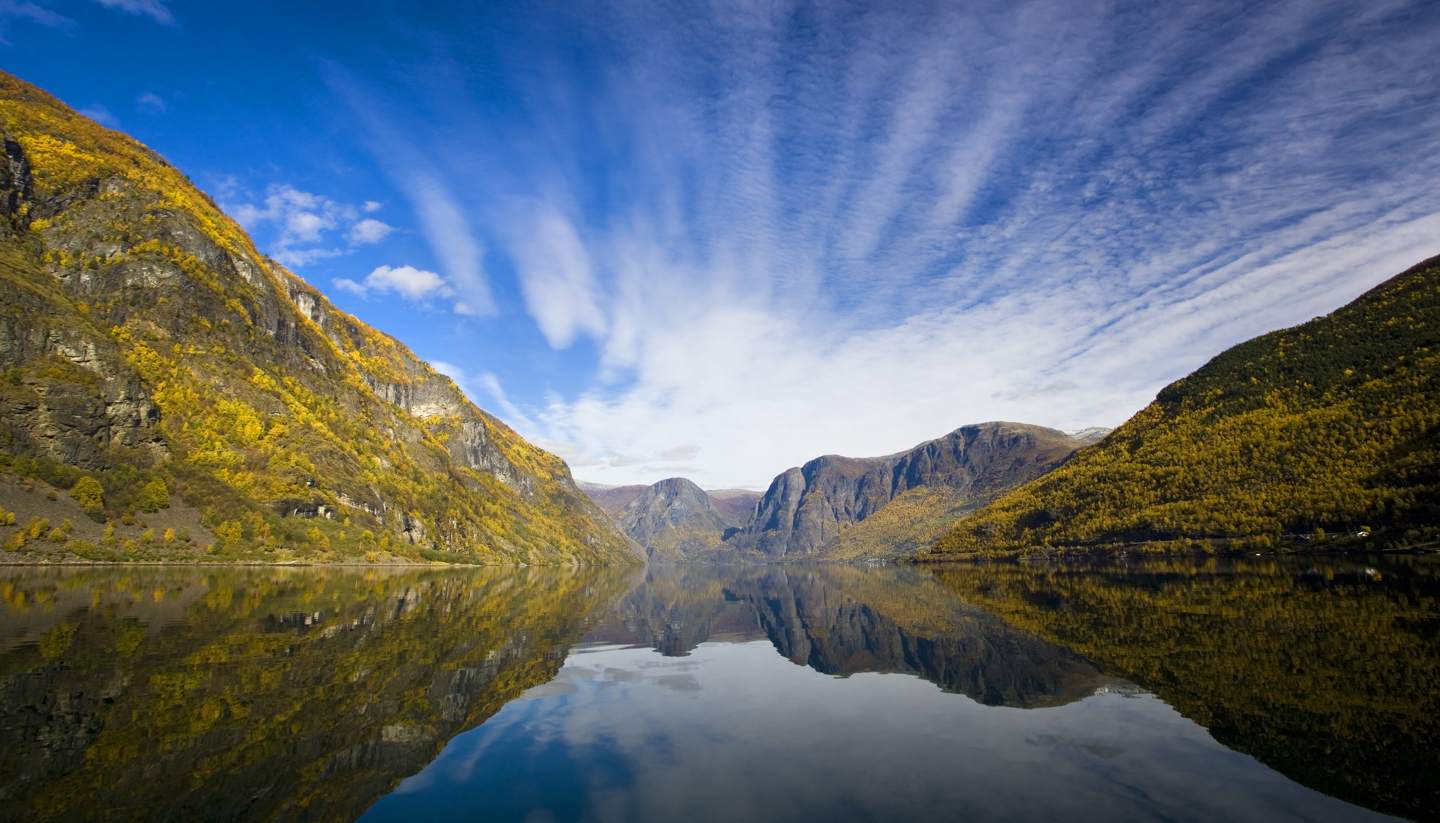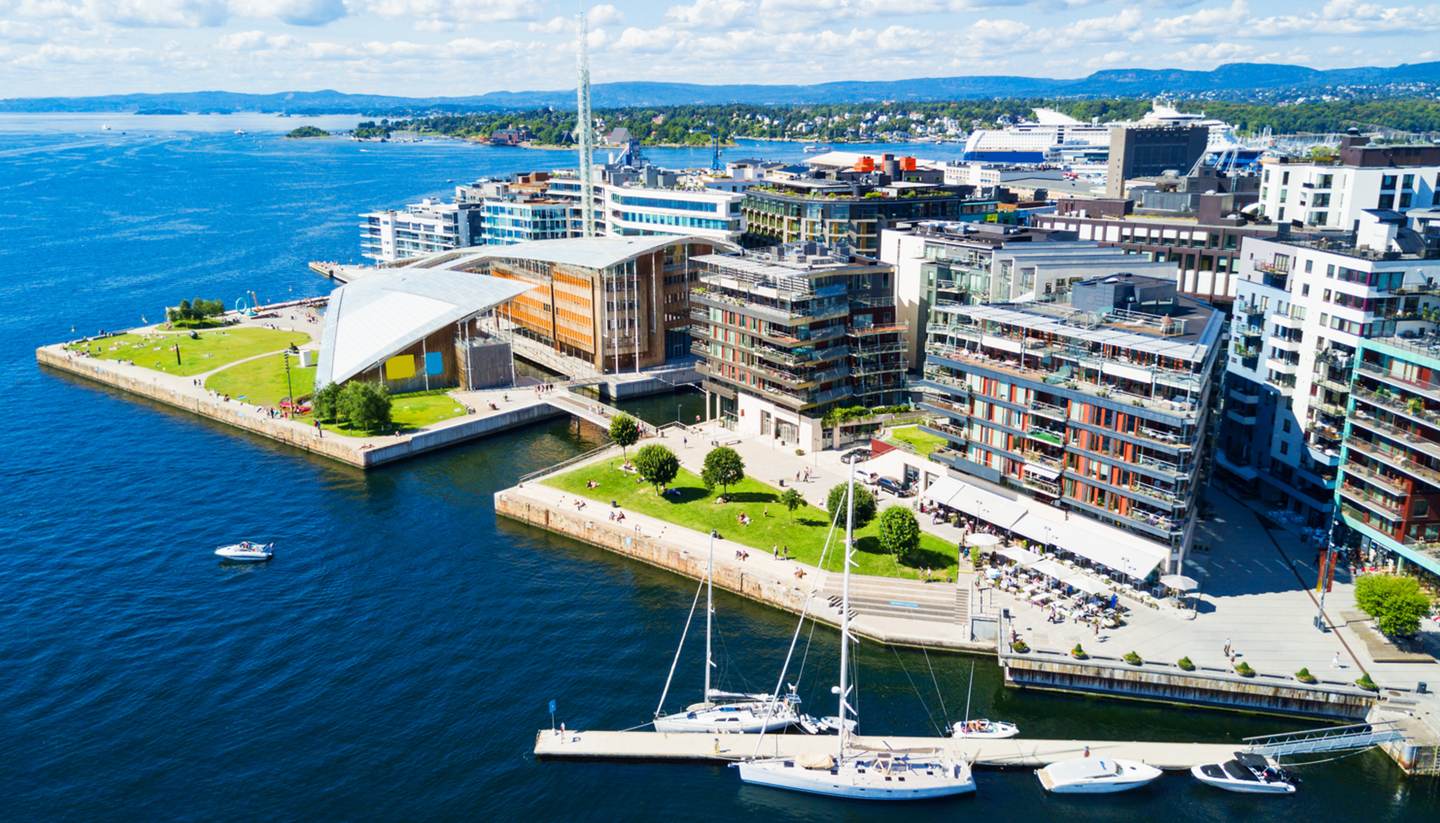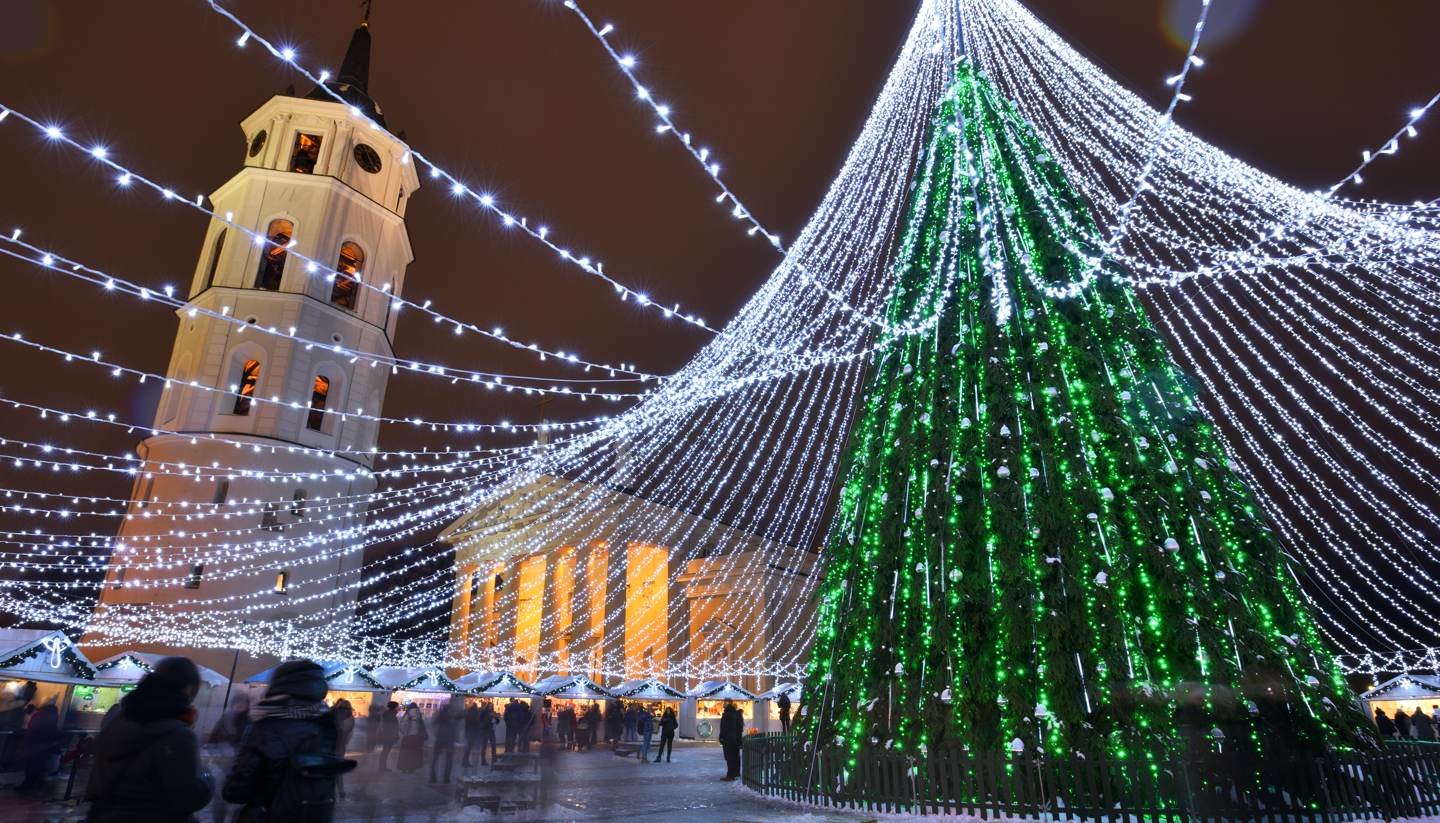Getting Around Norway
Air
Domestic flights are operated by Norwegian (www.norwegian.com), SAS (www.flysas.com) and Widerøe (www.wideroe.no). A comprehensive network of scheduled services links numerous domestic airports. Norwegians are among the world's most likely to choose this mode of transport for getting around their own country due to the long distances involved, and the terrain, which makes surface transport slow.
Norwegian domestic operators tend to offer competitive fares, so if you shop around you’re likely to find that air travel costs little more than the equivalent rail or bus fare. Charter sea or land planes are available at many destinations. Reduced fares are available for families, children under 12 years of age, groups and pensioners.
Air passes
Visit Scandinavia/Nordic Airpass: valid to visitors from the UK on SAS domestic routes within Norway as well as flights between Denmark, Norway and Sweden.
Explore Norway Ticket: allows two weeks of unlimited travel on domestic Wideroe flights between late June and late August.
Road
The road system is of variable quality but is supplemented by numerous car ferries across the fjords. While the majority of roads are open year-round, the smaller mountain passes are often blocked during the winter, often at short notice. Despite the paucity of fast roads, traffic is generally light apart from in the capital where traffic jams are a daily occurrence.
There are also countless tunnels and the country is home to three of the world’s 10 longest road tunnels, including the longest – the Lærdal to Aurland, which is 24.51km (15.2 miles) long. Hazards include sharp bends and steep gradients, particularly on mountain roads, and the country’s large moose population can also prove dangerous if they are attempting to cross.
Contact Vegtrafikksentralen (tel: 175; www.vegvesen.no) for the latest traffic conditions.
Side of the road
RightRoad Quality
The road system is of variable quality but is supplemented by numerous car ferries across the fjords. While most roads are open year-round, the smaller mountain passes are frequently blocked during the winter, often at short notice. Despite the paucity of fast roads, traffic is generally light apart from in the capital where traffic jams are a daily occurrence.
There are also countless road tunnels and the country is home to some of the world’s longest, including the Lærdal to Aurland tunnel, which is 24.51km (15.2 miles) long. Hazards include sharp bends and steep gradients, particularly on mountain roads, and the country’s large moose population can also prove dangerous if they are attempting to cross.
Contact Vegtrafikksentralen (tel: 175; www.vegvesen.no) for the latest traffic conditions.
Road Classification
Norway has a limited number of motorways or ‘E’ roads, most of which are in the area surrounding Oslo. Outside of the capital, the majority of roads are dual lane, single carriageways. Many of Norway’s roads, particularly those with one of the country’s many tunnels, are toll roads. Norway also has designated National Tourist Routes (www.nasjonaleturistveger.no/en) which include some of the country’s prettiest drives.
Car Hire
Available in airports and most towns, but costly. If you’re planning a long hire, it’s worth thinking about picking up your car in neighbouring Sweden where rental rates are considerably cheaper. Low speed limits, difficult roads and parking, and high insurance make public transport more practical and convenient.
Numerous international car hire companies operate, including Hertz, Avis and Budget. The minimum age for car hire is 19 in Norway, although some companies may insist on a higher minimum age (up to 25).
Taxi
Travelling by taxi in Norway can be expensive and is usually unnecessary thanks to the excellent (and cheap) public transport system. Taxis are, however, easy to find and can be waved down on the street, from designated ranks or booked by phone. Most taxis are metered and all taxis operated by registered companies such as Oslo Taxi (www.oslotaxi.no), Norgestaxi (norgestaxi.no) and Taxi Sør (www.taxisor.no) accept credit and debit cards. Each company also has its own taxi app. Drivers usually speak English.
Bike
Some tourist offices, campsites and hostels rent bikes out to tourists. If you want to bring your own, it’s worth bearing in mind that most buses, express ferries and nonexpress trains will charge an excess baggage fee to carry them while express trains won’t take them at all. The Nor-Way Bussekspress (express bus service) also regards bikes as excess baggage and charges the equivalent of a child’s fare to carry them. ShareBike and Oslo Bysykkel are Norwegian bike sharing providers operating in Oslo.
Coach
Norway has a very reliable, extensive bus network and numerous long-distance coach operators, the biggest of which is the Nor-Way Bussekspress (tel: +47 22313150; www.nor-way.no) which links most of the major Norwegian cities.
The Lavprisekspressen (tel: +47 6798 0480; www.lavprisekspressen.no) runs from Oslo to Stavanger via Kristiansand and between Oslo and Trondheim. It's considerably cheaper than the Nor-Way Bussekspress, and you can only buy tickets online.
Regulations
The minimum age for driving is 18. Tolls are charged on certain cross-country roads, underwater tunnels and in certain cities such as Bergen, Oslo and Trondheim. There are severe penalties (usually involving imprisonment) for drink driving. Fines for illegal parking are high and fines for speeding even higher, so keep an eye on your speedometer, and watch out for speedboxes. Seat belts are compulsory.
Children under under 135 cm (4.5ft) must travel in the back of the car in an appropriately sized child restraint. It is obligatory for all vehicles to drive with dipped headlights at all times. This includes motorcycles and mopeds. Carrying spare headlight bulbs is recommended. The national speed limit is 80kph (50mph) but drops to 70kph (43mph) when going past houses or businesses. In residential and built-up areas, the limit is usually 30kph (19mph). On some dual carriageways and motorways, it's 110kph (68mph).
Foreign-registered cars must display an oval nationality sticker, and UK registered cars are also required to carry a vehicle registration form (Form V5) which is available from the DVLA. Snow chains or winter tyres are advised during the winter (however, most urban areas now levy a toll on vehicles with studded tyres). More information on driving in Norway is available from the Norwegian Automobile Association (NAF) (+47 23 21 31 00; www.naf.no).
Documentation
An International Driving Permit or national driving licence and log book are required. A Green Card is strongly recommended (if you have more than third-party cover on your domestic policy). Without it, if you have motor insurance in your own country, you're allowed the minimum legal cover in Norway; the Green Card tops this up to the level of cover provided by your own policy.
Urban travel
Nearly every town in Norway has a network of local buses which operate around the city centre and outlying areas. The train network covers most major cities, while the capital Oslo also has metro, ferry and tramway services.
Bergen also has a good bus and tram network, a funicular and an aerial tramway giving access to two of the surrounding mountains. Trondheim has a comprehensive bus network, and one tram line linking the city centre with Lian, a major ski centre high above the city.
Rail
NSB (Norwegian State Railways) (tel: 8150 0888, in Norway only or +47 6105 1910; www.nsb.no) runs all rail services. The main internal routes are: Oslo-Trondheim (Dovre Line); Trondheim-Bodø (Nordland Railway); Oslo-Bergen (Bergen Railway); and Oslo-Stavanger (Sørland Railway).
Overnight sleeper services operate on some routes, including the Oslo-Bergen, Oslo-Trondheim and Trondheim-Bodø lines.
You must reserve seats on express trains. There are buffet/restaurant cars on some trains, and sleepers on long-distance overnight services. Heavy luggage may be sent in advance. Children under four years of age travel free; children four to 14 years of age pay half fare.
NSB operates a minipris ticketing system which involves putting tickets up for sale in batches with early bookings resulting in cheaper fares. Minipris tickets must be bought at least one day in advance, are non-refundable and cannot be changed but can give you savings of up to 75% of the standard fare. Purchase them online, via the NSB app or at ticket machines. See www.nsb.no/en/our-tickets/minipris for more information.
Rail Passes
InterRail One-Country Pass: offers travel for three, four, six or eight days in one month within Norway. Travel is not allowed in the passenger's country of residence. Travellers under 28years receive a reduction. Children under 12 travel free when accompanied by an adult using an Adult Pass. Supplements are required for some high-speed services, seat reservations and couchettes.
Eurail Norway Pass: offers travel for three, four, five or eight days in one month within Norway. Available to non-European nationals from Eurail (www.eurail.com).
Water
All coastal towns are served by ferries, catamarans and hydrofoils. The Hurtigruten (Coastal Express) (tel: +44 203 7335934, in the UK; www.hurtigruten.co.uk) from Bergen to Kirkenes (near the Russian border) is a 12-day round trip that leaves daily and stops at 35 ports on the west coast.
Various ferry trips are available (half price in spring and autumn). There are also numerous companies operating cruises on Norway's spectacular fjords, including Norway Fjord Cruise AS (tel: +47 5765 6999; www.fjordcruise.no), P&O (tel: +44 333 300 0105 in the UK; http://www.pocruises.com/norwegian-fjords-cruises/) and Fred Olsen Cruise Lines (tel: +44 845 591 8649; http://www.fredolsencruises.com/find-your-holiday/norwegian-fjords-cruises)





